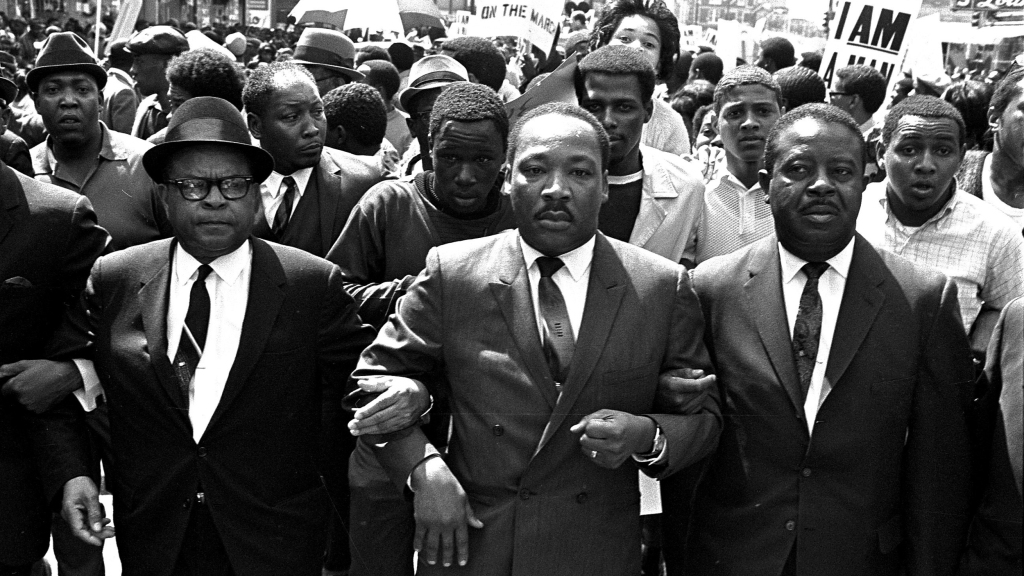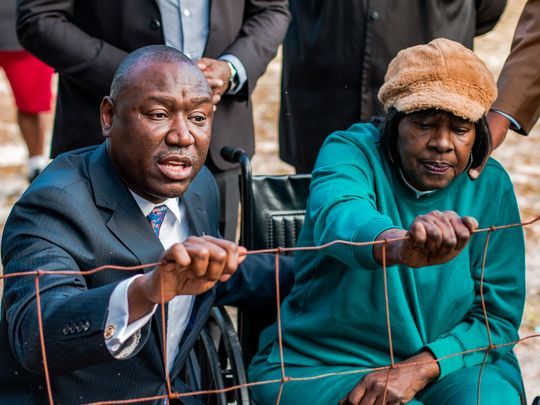After 50 years of dreaming of civil rights, it’s time for America to wake up and get real.
This year marks the 50th anniversary of Dr. Martin Luther King Jr.’s assassination. And if he were alive, I think he’d be demanding some answers.

What would Dr. King say to the anguished parents of Ulysses Wilkerson who are demanding to see the police dashcam and body camera video of their son’s arrest in Troy, Ala.? That recent interaction with police left their 17-year-old son beaten and in the hospital. The gruesome photos of Ulysses show his face battered and bloodied and one of his eyes swollen shut, while he lies handcuffed to a gurney. Was this really “reasonable and necessary’’ force, as Troy police allegedly said in news reports? A local pastor and civil rights leader said the teen remembered a “big, tall, white officer kicking him in the face.’’
What would Dr. King say about the Confederate statues that still hold sway over some of the main streets of America? What would he say about the rally held by the white supremacy movement last year to protest the removal of a Confederate statue in Charlottesville, Va.? A rally that turned deadly when a woman died after a car was driven into a crowd of protesters?
If Dr. King were alive today, I think I know what he’d say: “Enough.”
We have to speak up
That’s what he said when he saw the “whites only” signs that most people ignored and took for granted as the status quo. That’s what he said when he saw black children going to separate but unequal schools. That’s what he said when he saw segregated sections for bus riders and segregated housing.
Look around you. Does your police force or city commission reflect your community? Do police officers treat all people with respect, regardless of their race? Are schools equal, or do the public schools in poorer neighborhoods have fewer resources and less technology?
Dr. King’s eloquent and prophetic words used to send a shiver down my spine at the endless possibilities of justice and peace in our great country. I shudder to think what would happen if his dream — our collective dream for a better, stronger, more just America — is not fulfilled.
Many of us, black and white, passed Confederate statues without thinking about what they might stand for, without really looking. Before integration, blacks and whites sat separately on buses, probably also without much thought — until Rosa Parks chose not to give up her bus seat; she too said “enough.”
Sometimes things become so ingrained in our society that we don’t even notice them anymore, be it greater police violence in communities of color or Confederate statues.
But there is hope. Slowly but surely

For decades, African Americans in Camilla, Ga., fought to remove a fence that separated the burial plots by race in the city-owned cemetery. Yes, even in death, black people were kept separated from white people.
When I first visited the cemetery, Gwen Lillian Thomas, an African-American activist, told me the fence had already been erected by the time she was born 70 years ago. She prayed that she would live to see the day that the fence was gone. She’d had enough.
Then last week, in the spirit of Dr. King, the people prevailed and we were able to get the fence dismantled. Thomas did live to see this symbol of racism destroyed in her lifetime.
But we have so much left to do. Fifty years ago, when America was at an historic crossroads, Dr. King gave his iconic “I Have a Dream” speech. Now we’re at a crossroads again.
Dr. King’s vision — the colorblind America he saw on the horizon — and the words he used to convey it, are just as powerful and important today.
What do you see? What are you willing to change?
We owe it to Dr. King to honor his life and death by working harder to more fully realize the dream of true civil rights. America, we owe it to ourselves. We can’t afford to wait another 50 years. It’s time we all said enough. (Courtesy of Benjamin Crump, Opinion contributor)
Trump skips community service on Martin Luther King Jr. Day, spends time on his golf course




